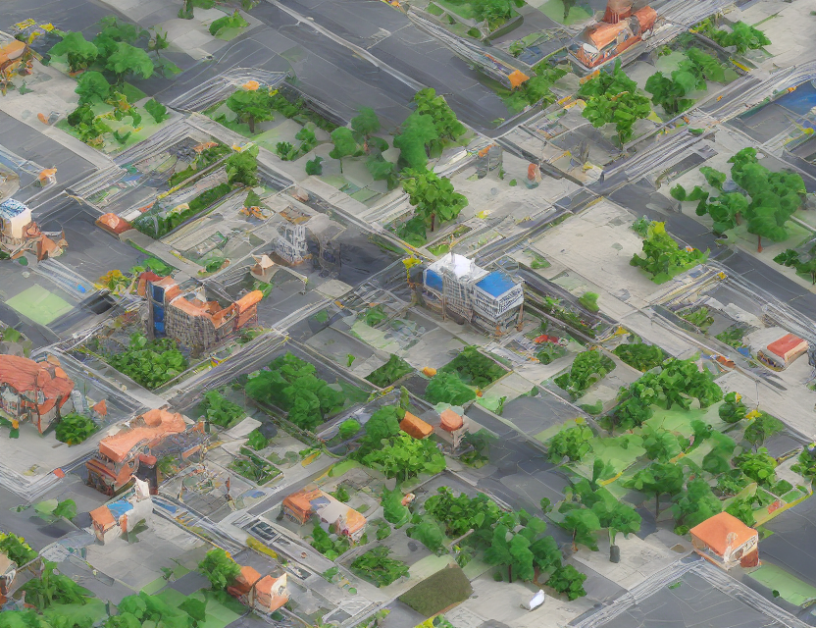In this article, we explore a new method for compressing 3D scene point clouds by leveraging locality-aware hashing. This approach takes into account the spatial distribution of points in a scene and reduces the number of points while maintaining their visibility and accuracy. We compare our method with state-of-the-art techniques and show that it outperforms them in terms of compression ratio while preserving the quality of the 3D scene.
To understand how this works, imagine you have a big box full of toy cars. Each car represents a 3D point in a scene, and they’re all jumbled together inside the box. Now, imagine you want to send this box to someone else, but it’s too heavy and takes up too much space. One way to solve this problem is to find a way to group similar toy cars together and put them in a smaller box, so you only have to send one big box instead of many small ones. This is kind of like what our method does for 3D scenes – it finds ways to group similar points together and reduces the number of points in the scene while keeping them visible and accurate.
We test our method on two real-world datasets, Aachen and Cambridge, and show that it outperforms other state-of-the-art techniques in terms of compression ratio while preserving the quality of the 3D scenes. We also provide a detailed analysis of how our method works and why it’s effective.
In summary, this article presents a new method for compressing 3D scene point clouds by leveraging locality-aware hashing. Our approach takes into account the spatial distribution of points in a scene and reduces the number of points while maintaining their visibility and accuracy. We show that our method outperforms state-of-the-art techniques on real-world datasets, making it a valuable tool for applications such as robotics, computer vision, and virtual reality.
Computer Science, Computer Vision and Pattern Recognition
Scene-Agnostic Coordinate Regression for Visual Localization



